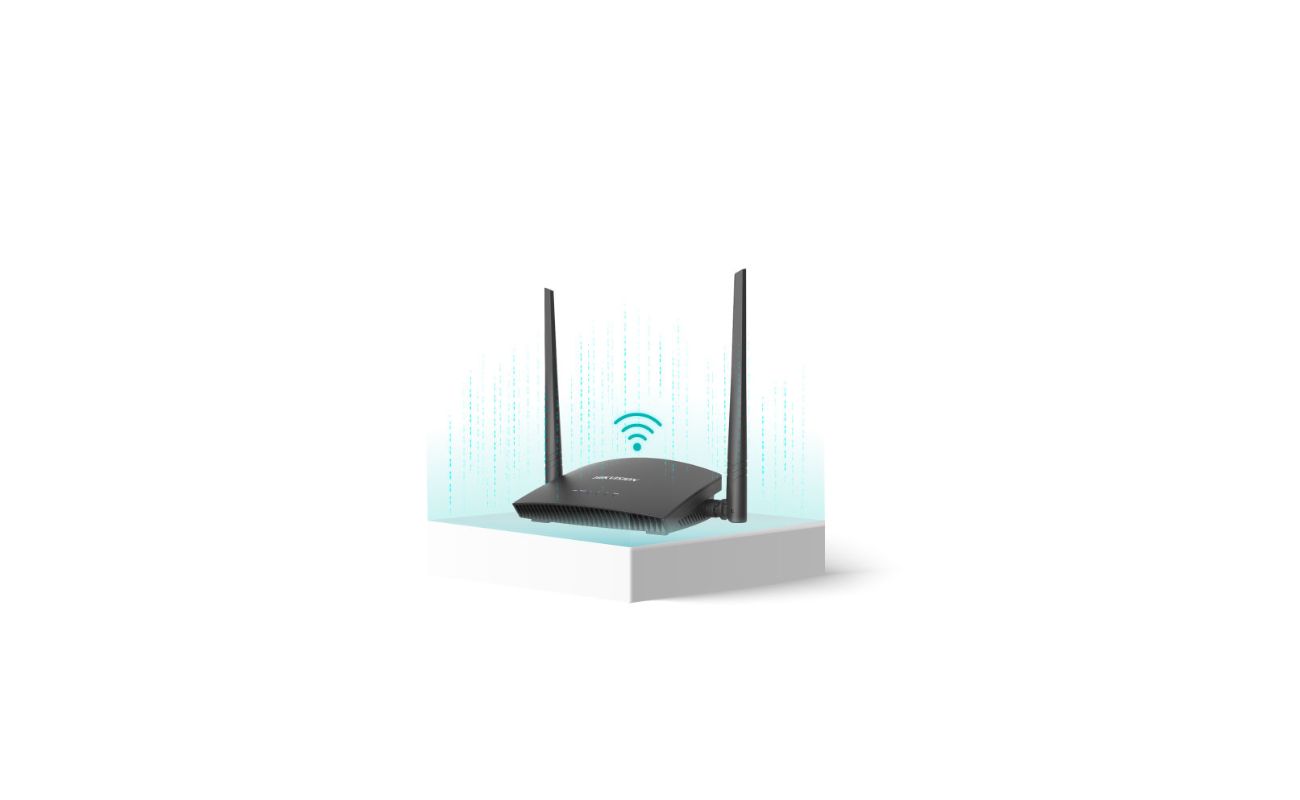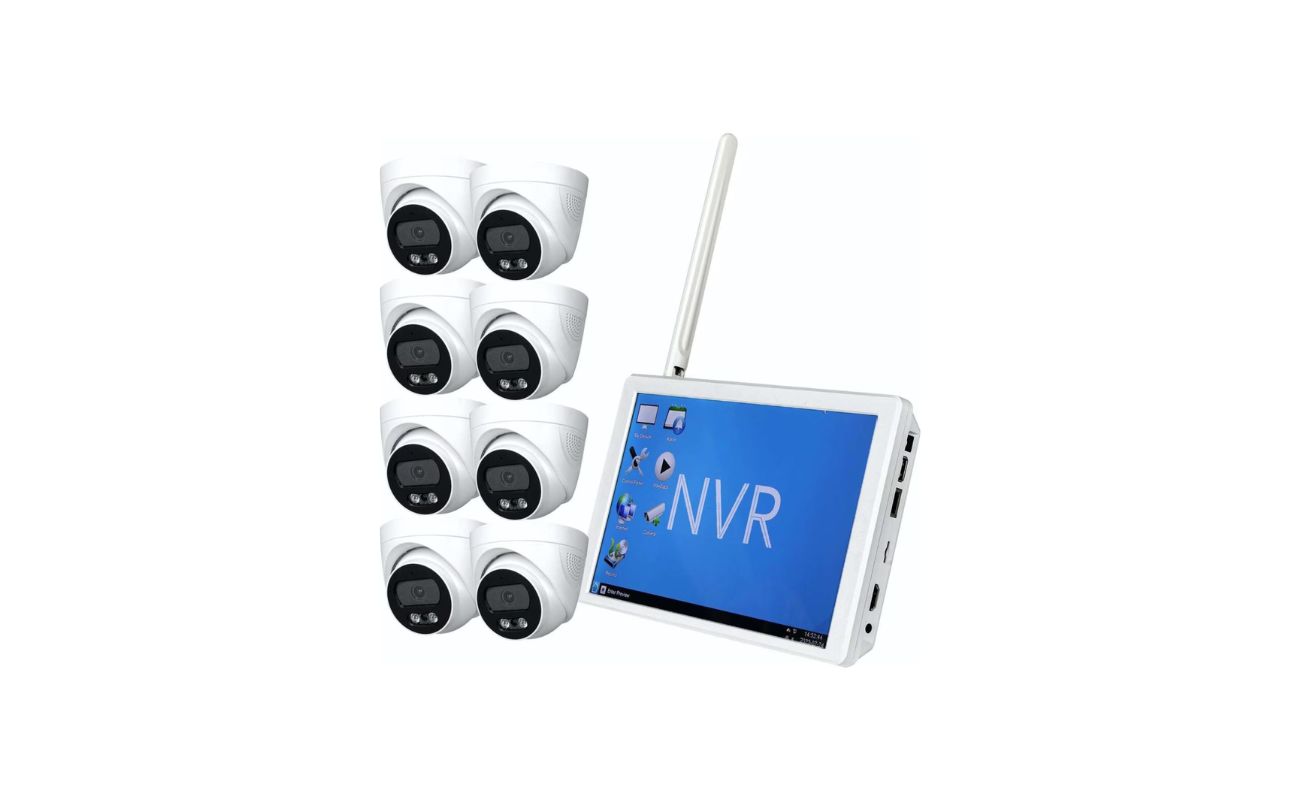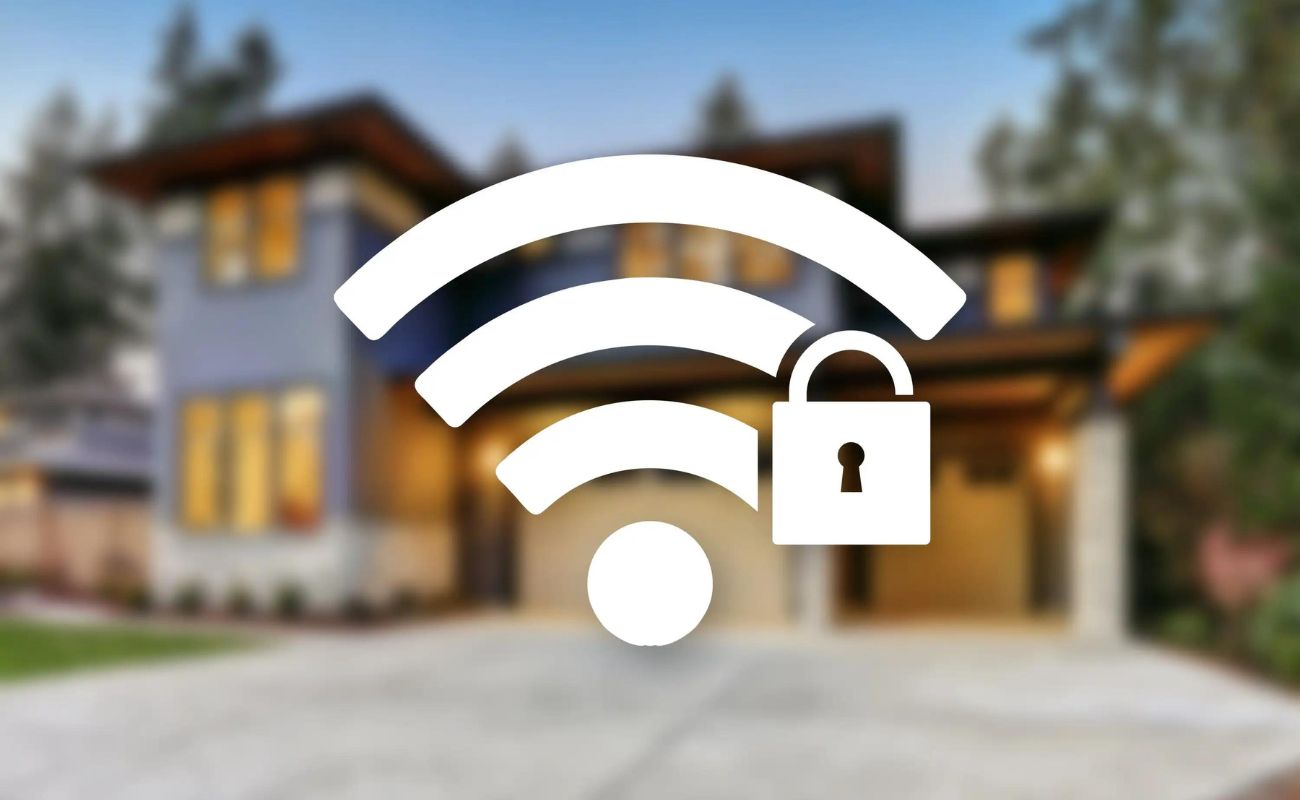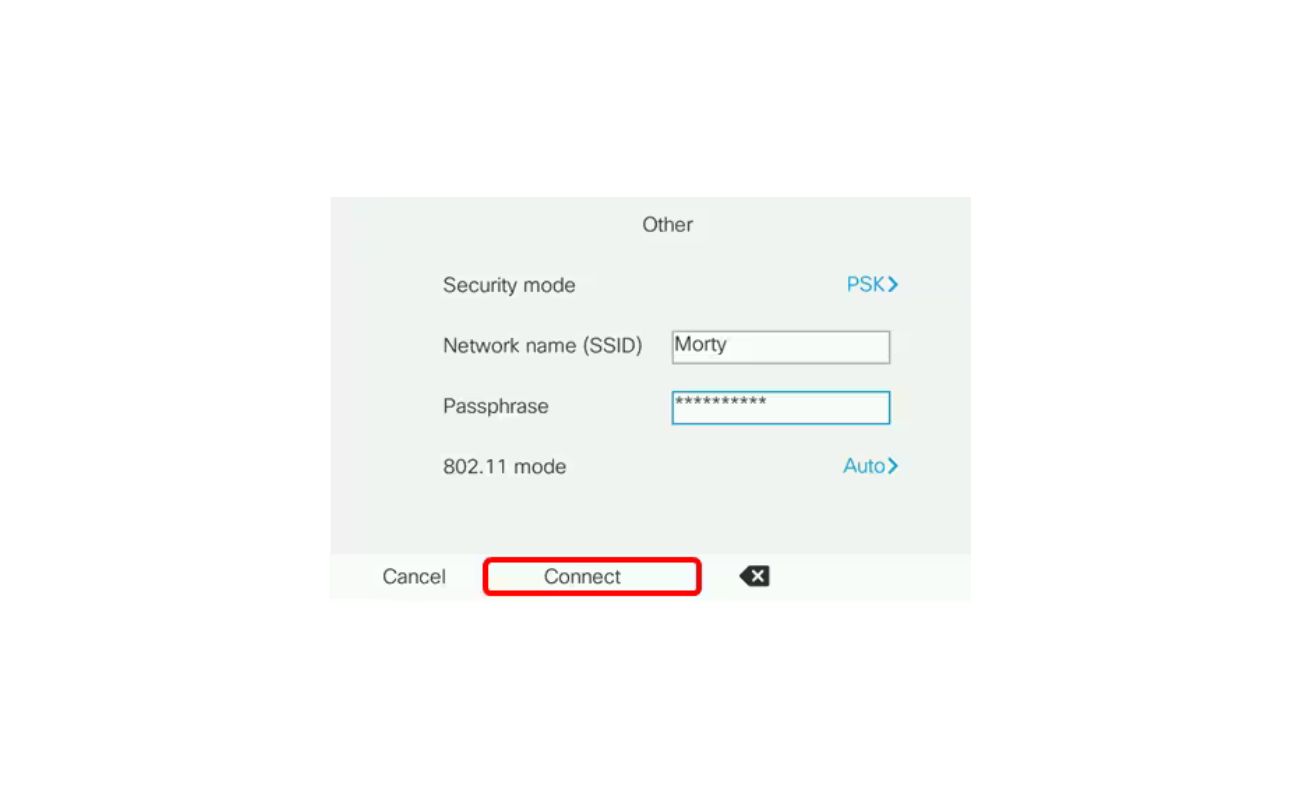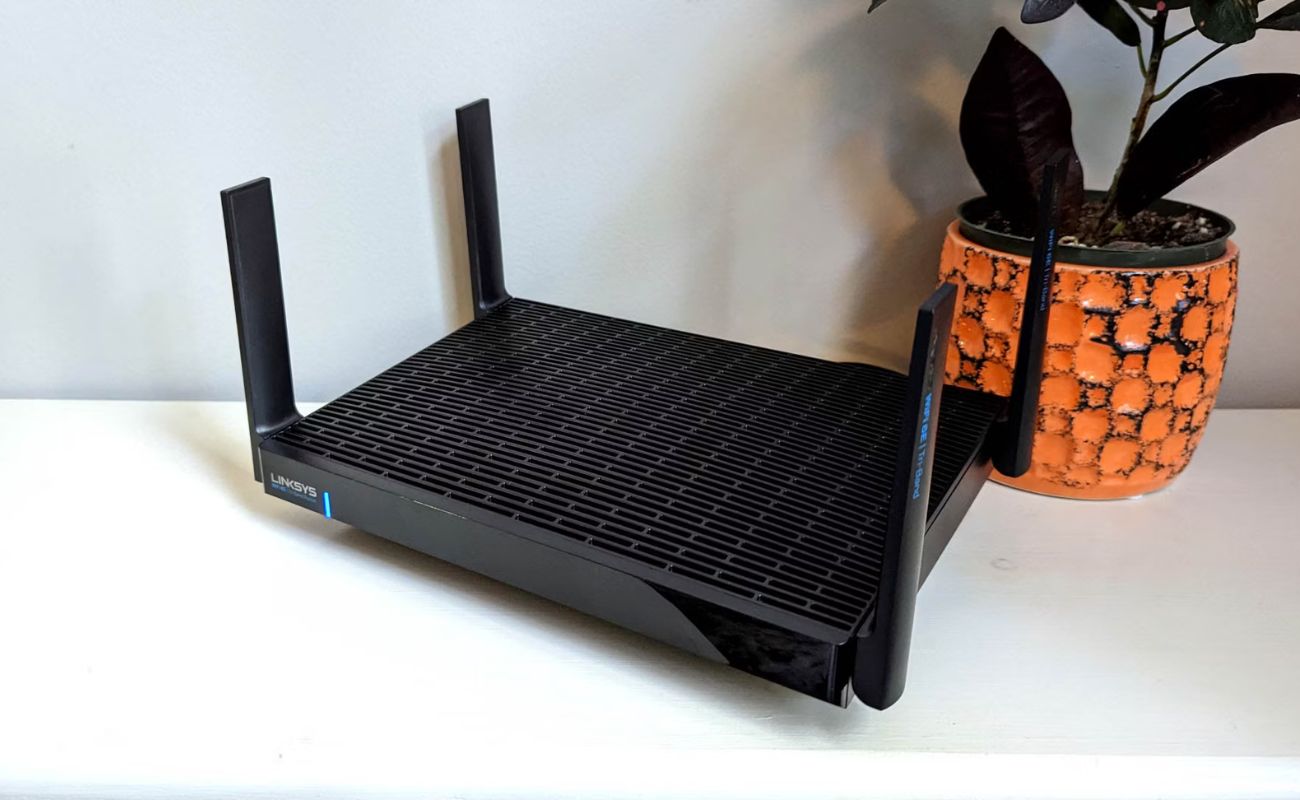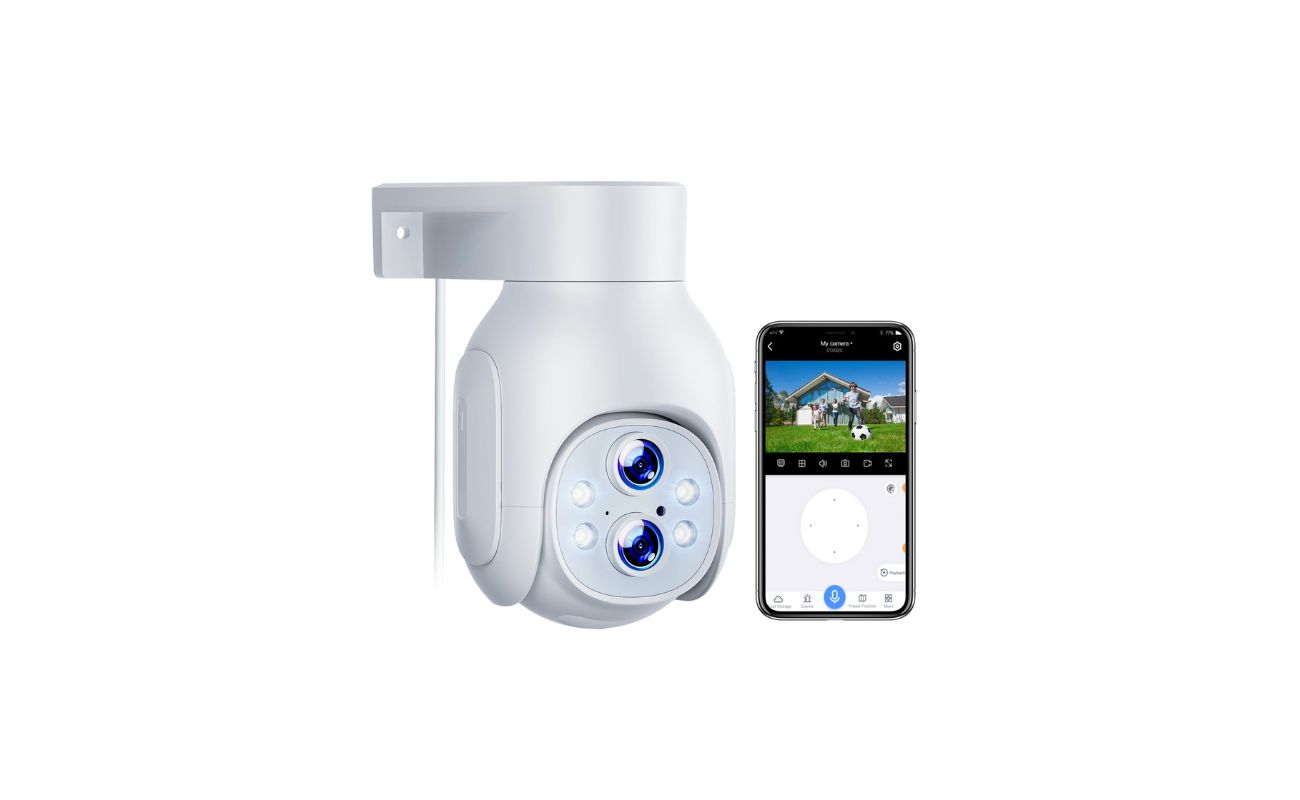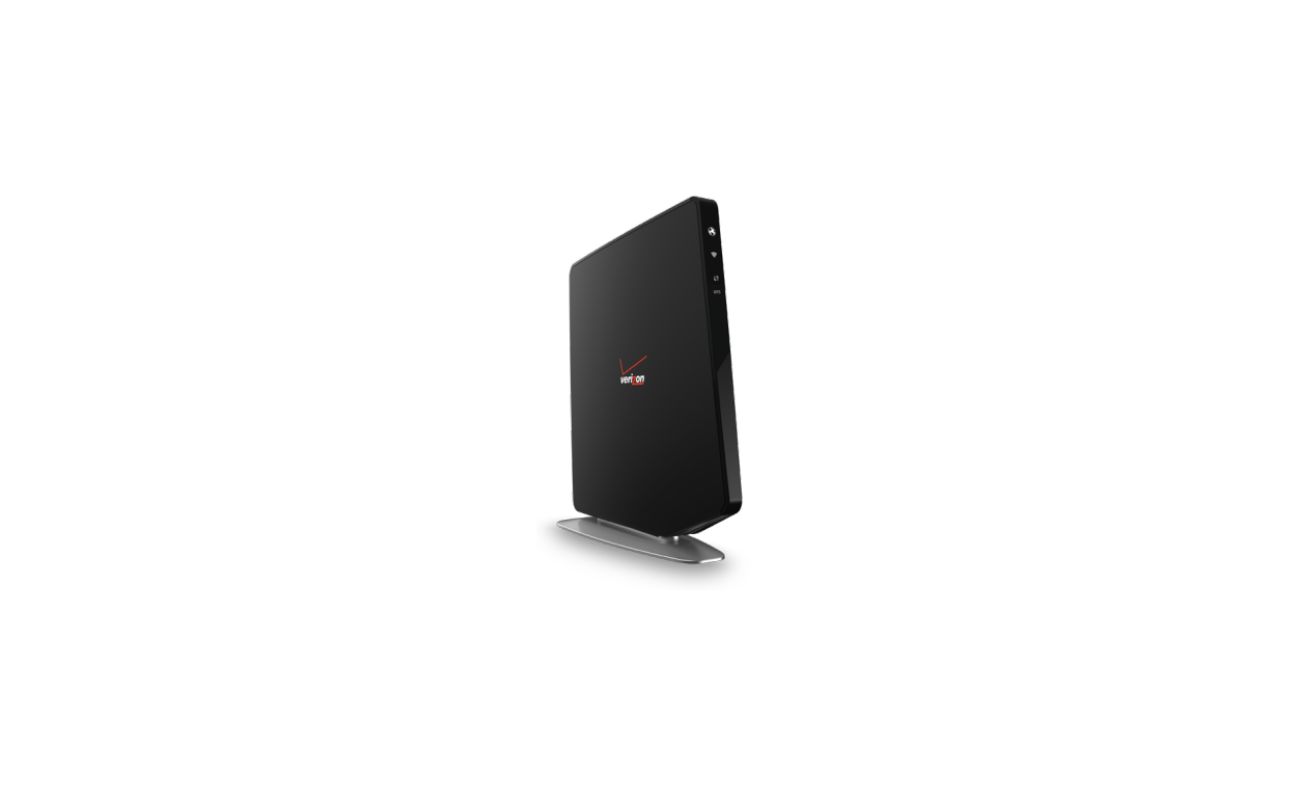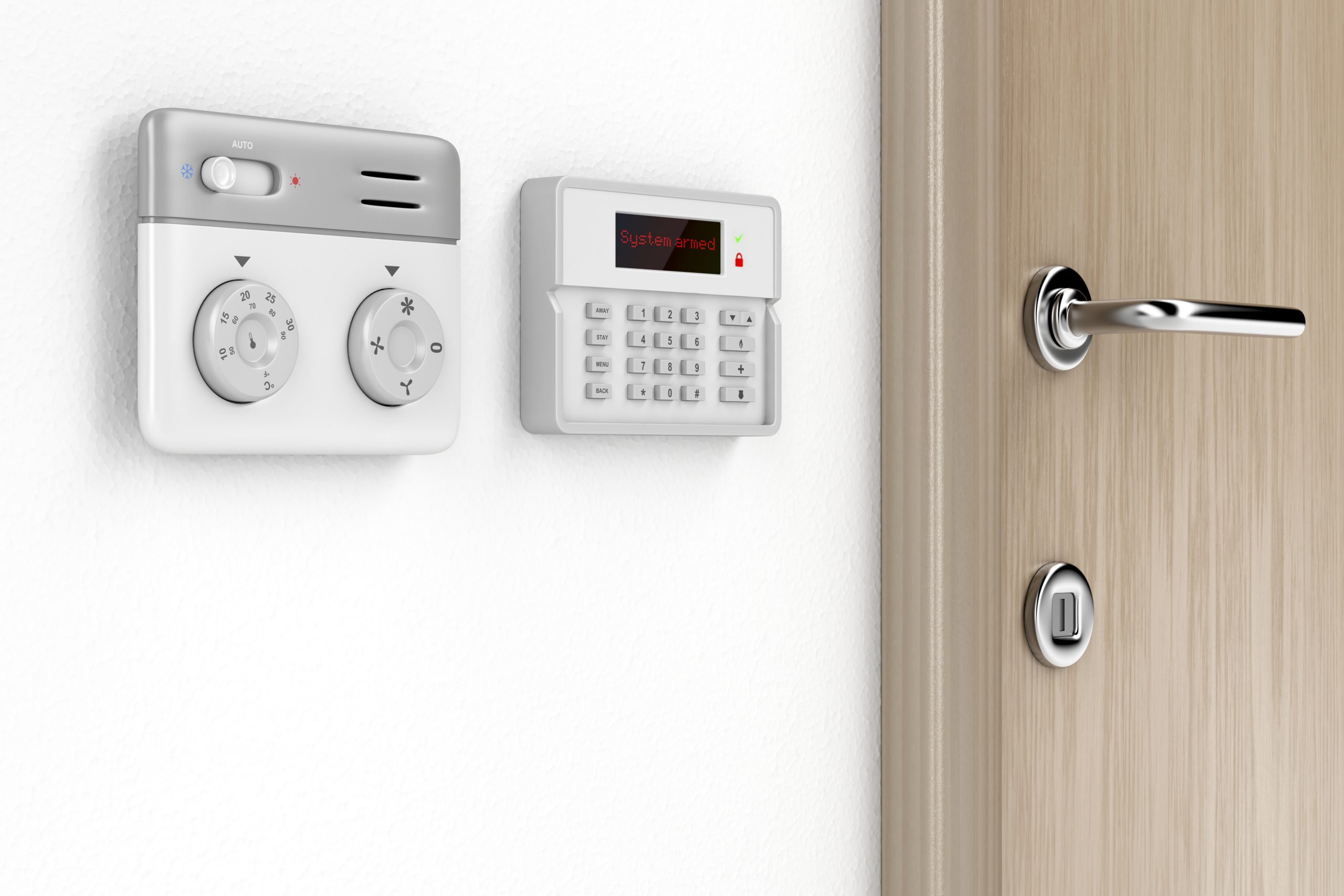Home>Home Security and Surveillance>What Is My Wireless Security Type


Home Security and Surveillance
What Is My Wireless Security Type
Modified: October 20, 2024
Discover what wireless security type is best for your home security and surveillance. Learn about the different options and choose the right one for your needs.
(Many of the links in this article redirect to a specific reviewed product. Your purchase of these products through affiliate links helps to generate commission for Storables.com, at no extra cost. Learn more)
Introduction
Welcome to the world of wireless security, where keeping your home and loved ones safe has never been easier. With advancements in technology, home security and surveillance systems have become more accessible and user-friendly. Wireless security systems offer convenience, flexibility, and peace of mind by allowing you to monitor your home from anywhere at any time.
In this article, we will explore the various types of wireless security systems available, highlighting their features, benefits, and considerations. By the end, you will have a clear understanding of the different wireless security types and be well-equipped to choose the best system for your home.
While the primary purpose of a security system is to protect your home from potential intruders, wireless security systems offer unique advantages over traditional wired systems. One of the key benefits of wireless security systems is the absence of complex wiring installations, which can be time-consuming and costly. With wireless technologies, you can easily install and set up your security system without the need for professional assistance.
Additionally, wireless security systems provide flexibility in terms of device placement. Wired systems restrict device placement due to wiring limitations, whereas wireless systems allow you to position cameras, sensors, and other components wherever they are needed most. This flexibility ensures that all areas of your home are under constant surveillance.
To ensure optimal security, it is vital to understand the different types of wireless security systems available. Each system has its unique set of features and capabilities, catered to specific needs and preferences. By selecting the right wireless security type, you can enhance the safety and protection of your home.
Key Takeaways:
- Embrace the convenience and flexibility of wireless security systems, offering easy installation and device placement for constant surveillance, ensuring the safety of your home and loved ones.
- Assess your security needs, research different wireless security types, and consider your budget to find the best system for your home. Prioritize reliability, ease of use, and optimal performance.
Read more: What Is My Verizon Wireless Security Key
Understanding Wireless Security
Wireless security refers to the use of wireless technology to protect your home from intrusion, unauthorized access, and other security threats. It typically involves the use of cameras, sensors, alarms, and monitoring systems that communicate wirelessly, providing real-time information and alerts.
One of the crucial components of wireless security systems is the wireless network. These networks connect the different devices and allow them to communicate with each other and with your smartphone or computer. The most common wireless network used in home security systems is Wi-Fi, which provides a fast and reliable connection.
Wireless security systems rely on a variety of sensors and detectors to detect any potential security breaches. These can include motion sensors, door and window sensors, glass break detectors, and smoke detectors, among others. When a sensor is triggered, it sends a signal wirelessly to your system, alerting you to the potential threat.
Moreover, many wireless security systems come equipped with video surveillance capabilities. This allows you to monitor your home in real-time through cameras placed strategically around your property. Some advanced systems even offer features such as facial recognition and night vision, providing enhanced security and visibility.
It’s important to note that wireless security systems are not just limited to protecting against break-ins. They also offer additional features such as remote access, allowing you to control and monitor your system through a smartphone app or web portal. This enables you to arm or disarm your system, check live video feeds, receive notifications, and even communicate with visitors or delivery persons remotely.
One of the primary concerns surrounding wireless security systems is the vulnerability to hacking or interference. However, modern wireless security systems employ advanced encryption protocols and authentication mechanisms to ensure the security and integrity of the system. It is crucial to choose reputable and trusted brands to minimize the risk of any potential breaches.
Understanding the basics of wireless security sets the foundation for selecting the right wireless security type for your home. Each type offers different features and capabilities, and by exploring them further, you can make an informed decision to safeguard your home and loved ones.
Different Types of Wireless Security
There are several different types of wireless security systems available, each designed to suit a specific set of needs and preferences. Let’s explore some of the most popular types:
- Wireless Camera Systems: These systems consist of wireless cameras that can be strategically placed around your home to capture video footage. Some cameras are equipped with motion sensors and night vision capabilities for enhanced security. They can be accessed remotely, allowing you to view live feeds or recorded videos on your smartphone or computer.
- Wireless Alarm Systems: These systems use wireless sensors to detect potential intrusions. When a sensor is triggered, an alarm is activated, and you are immediately notified. Some wireless alarm systems also offer features such as remote arming and disarming, allowing you to control the system from anywhere.
- Wireless Doorbell Cameras: These innovative devices combine a doorbell and a camera to provide both security and convenience. When someone rings the doorbell, you receive a notification on your smartphone and can see and communicate with the person at your doorstep. This offers an added layer of security and allows you to monitor and interact with visitors even when you’re not at home.
- Wireless Access Control Systems: These systems provide secure access to your home or specific areas within your home. They use wireless technology to control entry through doors or gates, often through keyless entry mechanisms such as fingerprint scanners or keypad entry codes. Wireless access control systems allow you to grant or revoke access remotely, providing convenience and peace of mind.
- Wireless Environmental Monitoring Systems: These systems monitor environmental factors such as temperature, humidity, and water leakage. They can alert you to potential dangers such as a water leak or a sudden rise in temperature, which can help prevent damage to your home and belongings.
These are just a few examples of the various types of wireless security systems available. It’s important to evaluate your specific needs and preferences before selecting a wireless security type. Consider factors such as the size of your home, level of security required, and desired features to choose the system that best meets your requirements.
Check your wireless security type by logging into your router’s settings. Look for the “Wireless” or “Security” tab and you should see the security type listed, such as WPA2 or WEP.
Finding Out Your Wireless Security Type
Now that you have a better understanding of the different types of wireless security systems available, it’s time to find out which wireless security type is right for your home. Here are some steps to help you determine your wireless security type:
- Assess your security needs: Start by evaluating your specific security needs. Consider factors such as the size of your home, the number of entry points, any specific areas that require surveillance, and the level of security you desire. This will help you identify the features and capabilities you require in a wireless security system.
- Research different wireless security types: Explore the various wireless security types mentioned earlier in this article. Learn more about their features, benefits, and limitations. Consider how they align with your security needs and preferences. Read customer reviews and ratings to gain insight into the performance and reliability of different systems.
- Consult a professional: If you’re unsure about which wireless security type is best for your home, it can be useful to consult a professional security consultant or a trusted provider in the industry. They can assess your home’s layout, discuss your security needs, and recommend the most suitable wireless security system for you.
- Consider your budget: Wireless security systems come in a range of prices, depending on their features and capabilities. Determine your budget for a wireless security system and look for options that fit within your financial constraints. Remember to consider not only the upfront cost but also any ongoing subscription fees or maintenance expenses.
- Installation and setup: Once you have chosen your wireless security type, consider whether you want to install and set up the system yourself or hire a professional installation service. Some systems are designed for easy DIY installation, while others may require professional assistance. Ensure that you follow the manufacturer’s guidelines for installation to ensure optimal performance.
By following these steps, you can narrow down your options and find the wireless security type that best meets your needs. Remember that it’s important to prioritize security, reliability, and ease of use when making your decision. A wireless security system is an investment in the safety and protection of your home, so take the time to choose the right one.
Conclusion
Wireless security systems have revolutionized the way we protect our homes and loved ones. With their convenience, flexibility, and advanced features, they offer an enhanced level of security and peace of mind. By understanding the different types of wireless security systems available, you can choose the one that best suits your needs and preferences.
Whether you opt for a wireless camera system, wireless alarm system, wireless doorbell camera, wireless access control system, or wireless environmental monitoring system, each type has its unique set of features and benefits. Consider the size of your home, the level of security required, and any specific features you desire to make an informed decision.
When finding out your wireless security type, it’s crucial to assess your security needs, research the different options, and potentially consult professionals in the field. This will help you determine the most suitable wireless security system for your home and budget. Don’t forget to consider factors like installation and ongoing maintenance requirements.
Remember, the primary purpose of a wireless security system is to protect your home from potential intruders and provide a sense of safety. By investing in a reliable and efficient wireless security system, you can enjoy the convenience of remote access, real-time monitoring, and peace of mind knowing that your home is secure.
Choose a system that aligns with your needs, preferences, and budget, and follow the manufacturer’s instructions for installation and setup. Regularly maintain and update your wireless security system to ensure optimal performance and security.
Take control of your home security and embrace the advantages of wireless technology. With a wireless security system in place, you can have confidence in the safety and protection of your home, making it a haven for you and your loved ones.
Frequently Asked Questions about What Is My Wireless Security Type
Was this page helpful?
At Storables.com, we guarantee accurate and reliable information. Our content, validated by Expert Board Contributors, is crafted following stringent Editorial Policies. We're committed to providing you with well-researched, expert-backed insights for all your informational needs.

